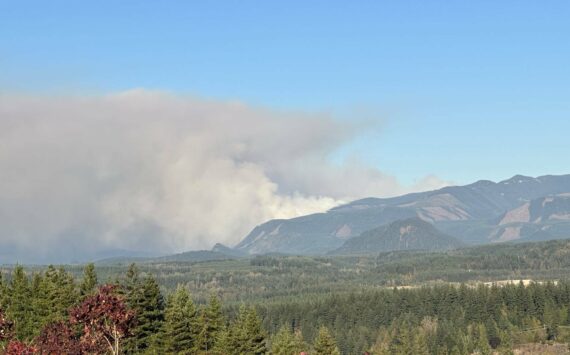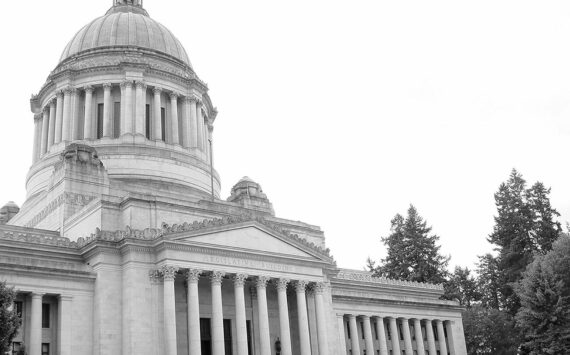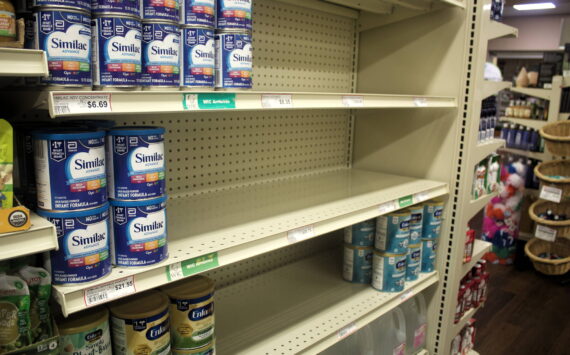By Morf Morford, Tacoma Daily Index
“Three teens shot in Tacoma in three days” is not the headline any city wants to see.
But we did.
Tacoma, like every mid-sized city, holds multiple strands, impulses and forces. And each of those forces surges and ebbs in response to other dynamics form the economy to the weather, defining and framing the story we tell ourselves about who we are – and who we, like it or not, tell the world who we are.
One dynamic that seems to barely change is our crime level.
Or even worse, despite all kinds of investments and policy changes, our crime rate only seems to be going in the wrong direction.
In fact, according to recent data from the FBI, the total crime rate in Tacoma stands at a relatively stable 6,350.5 per 100,000 people.
That’s more than 170% higher than the national rate of 2,346.0 per 100,000 people and about 109% higher than the average Washington total crime rate of 3,026 per 100,000 people.
When it comes to murder, Tacoma averages about 30 killings each year. But in the past few years Tacoma, has, for better or worse, been above average, with more than a murder a week for 2022. And we are already past that ratio for 2023.
Statistics are, almost by definition, inherently deceptive, or at least subject to manipulation if not distortion.
Those of us in Tacoma, for example have about a one in a hundred chance of being the victim of a violent crime (according to the FBI).
Crime, is however, not always an activity of “chance”.
Crime, like everything else, tends to happen in clusters – in places, times of day and among demographic groups where it, for whatever reason, tends to flourish.
And, as in every other setting, young people learn from and largely reflect, react to (and re-enact) the world around them.
One shot. Two drop.
Those who work with youth gangs in our major cities have an all-too-reliable saying – “One shot. Two drop.”
The premise is relentless in its impact; a single shot from a gun can easily end, either literally or metaphorically, two young lives.
And of course those two lives are not up-ended in isolation. Families, neighbors, school mates and friends (among many others) are also impacted by that “one shot”.
And, once again, statistics only tell a partial story.
Crime and its incidence and its impacts are far from evenly distributed.
People of color, especially young people of color, are far more disproportionately represented in the category of victims of crime.
Some neighborhoods are, for a variety of reasons, vectors and centers of crime.
Other neighborhoods imagine themselves to be relatively immune from most crime.
With cars and guns, however, crime can go, and be, anywhere. And any time.
In fact there are few, if any, borders of any kind.
There is nothing binding, or even defining, let alone restraining about city limits.
Some suburban, even borderline rural, areas have crime rates as high, sometimes even higher, than some urban areas.
Crime rates among young people are particularly unsettling, especially violent crime.
The tools of the trade
Every activity, from snow-skiing to bowling to fly-fishing requires skills, resources and modeling.
Crime is no different. Someone is providing resources (as in cars and weapons), justification and motivation to young people for a life of crime and destruction.
In a sane world, children would not have access to weapons and vehicles. Laws, community values and common sense should be protecting them (and us) from their inappropriate use.
Contrary to super hero movies (and prevailing cultural messages) no one “wins” in a shooting.
But we have all too many losers – families, neighborhoods, churches, even entire communities are impacted forever by those careless shots.
Children learn what “works” from the adults around them.
For whatever set of circumstances and intentions, children in our community are “learning” that violence accomplishes something.
What they are learning far too late is that violence accomplishes what it has always accomplished – more violence.
Any act, in fact, sets the stage for more of itself: from creativity to generosity to compassion and courage to criticism and negativity, we all see the impact of what we actually believe and care about by our actions – and, all too often, their pragmatic and sometimes immediate reactions.
Whether we acknowledge it or not, we are all contributing participants in our communities. There are no spectators, and no passengers. We all make our presence known. And felt. And remembered.
City officials and law enforcement seem out of their depth.
Beyond the hand-wringing, political posturing and finger-pointing, these are our neighborhoods, livelihoods and families at risk.
These crimes are not barren and abstract figures and statistics, they are our lives.
Nothing emerges from a vacuum. Those who commit these crimes do them for a reason that apparently, at that moment, seemed to make sense. Somehow they ran out of options, except, it seems, the one most extreme; the one act that would define their lives – and every life they touch – for years to come.
There are some, it appears, who work hard to destroy our communities, our neighborhoods, our young people and their futures.
We need to work harder than they do.





